12 Low-Light Outdoor Plants: Illuminate Your Garden With Shade Loving Plants

This post follows our research editorial guidelines.

Gardening has many benefits, but finding plants that look great and can thrive in low-light conditions can be a bit challenging.
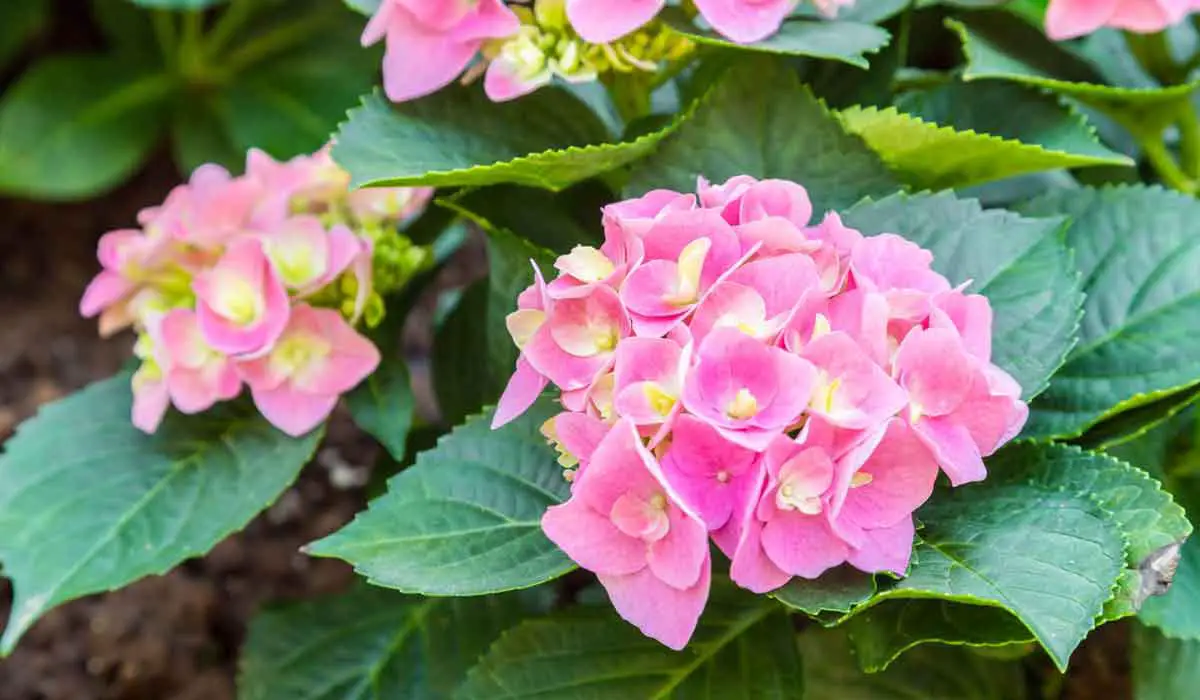
Fortunately, there’s a wide range of lovely, hardy, low-light outdoor plants for you to choose from if you know where to look. Below, I’ve listed 12 of my favorite that will add a bit of color and interest to your garden.
Quicky Find The Low-Light Plant You Are Looking for:
1. Bleeding Heart (Lamprocapnos Spectabilis)
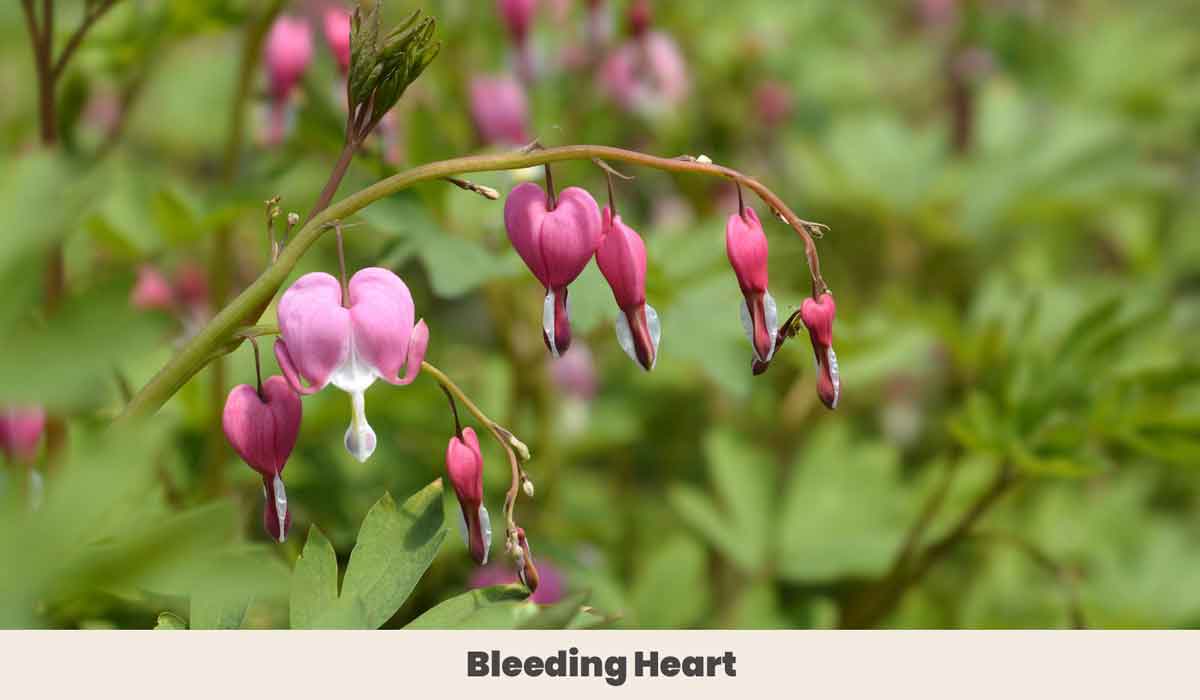
The tall heart-shaped blooms in pink and white make the Bleeding Heart plant a beautiful addition to any garden.
It’s also a low-light plant that thrives in cooler temperatures, so it’s suitable for shaded outdoor spaces.
| Scientific Name: | Lamprocapnos Spectabilis |
| Growth Rate: | Moderate |
| Native Range: | Asia |
| Hardiness Range: | USDA zones 3-9 |
| Exposure: | Partial to full shade |
| Soil Needs: | Well-drained, moist soil |
2. Begonias (Begonia x Semperflorens-Cultorum)
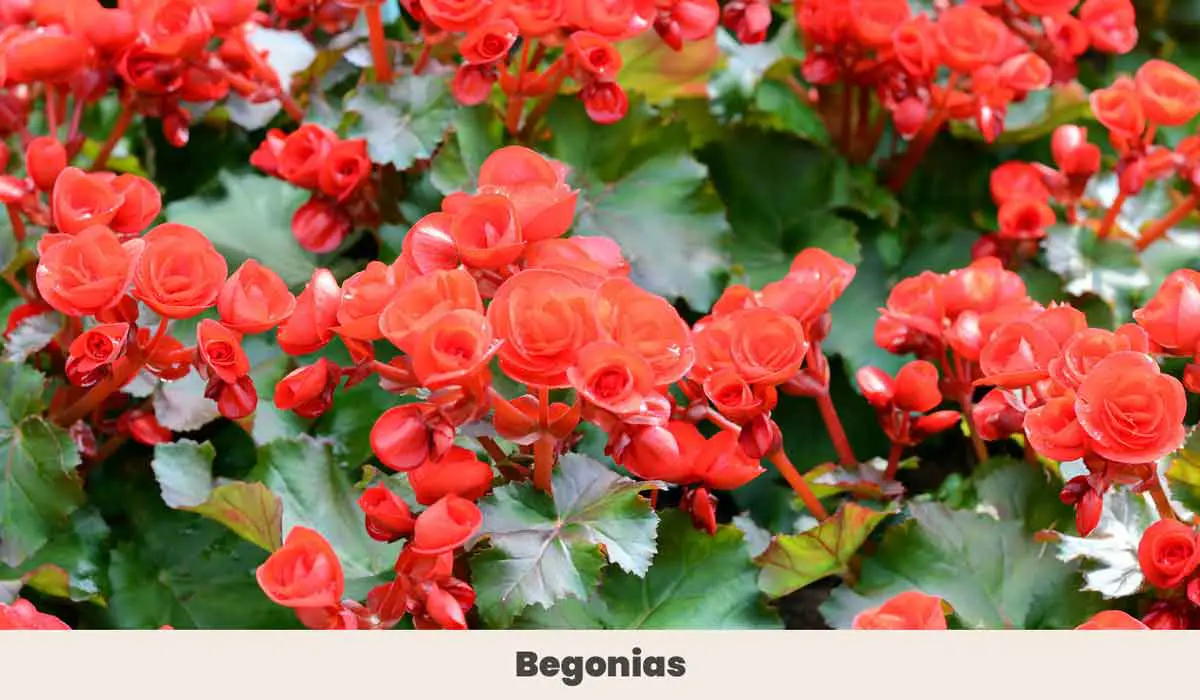
Known for their bright, showy flowers and lovely foliage, Begonias make a great option for outdoor areas with limited sunlight. They come in different colors and sizes, making them a versatile choice for any garden.
These plants don’t require regular maintenance and can bloom continuously throughout the growing season with regular deadheading.
Wax Begonias make excellent bedding plants, border plants, and container plants for decks and patios.
| Scientific Name: | Begonia x Semperflorens-Cultorum |
| Growth Rate: | Moderate |
| Native Range: | South and Central America |
| Hardiness Range: | USDA zones 10-11 |
| Exposure: | Partial shade to full sun |
| Soil Needs: | Well-draining, moist soil |
3. Yellow Archangel (Lamiastrum Galeobdolon)
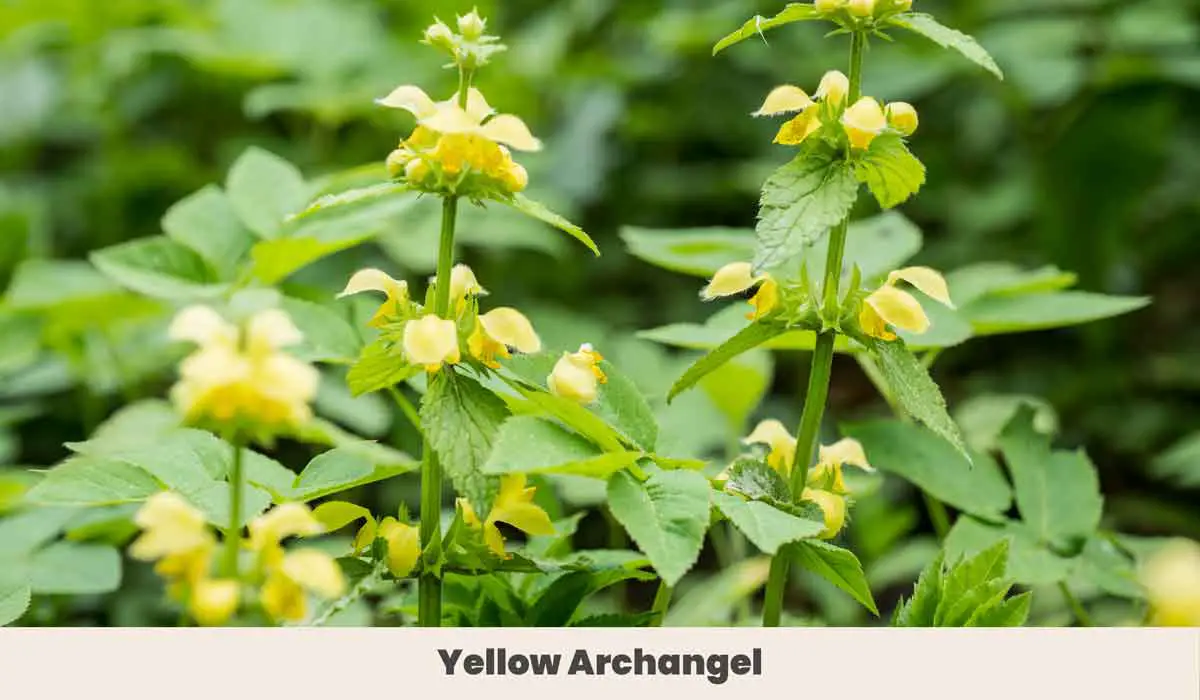
A low-maintenance ground cover plant, Yellow Archangel boasts vibrant yellow and green leaves and small yellow flowers. It’s a shade-loving plant that can tolerate some sun, making it a great choice for low-light outdoor areas.
Yellow Archangel isn’t recommended for planting in some areas because it’s invasive. However, you can grow this beautiful plant in containers or as a houseplant.
| Scientific Name: | Lamiastrum Galeobdolon |
| Growth Rate: | Fast |
| Native Range: | Europe, western Asia |
| Hardiness Range: | USDA zones 4-9 |
| Exposure: | Partial shade to full sun |
| Soil Needs: | Moist, well-drained soil |
4. Flowering Quince (Chaenomeles Speciosa)
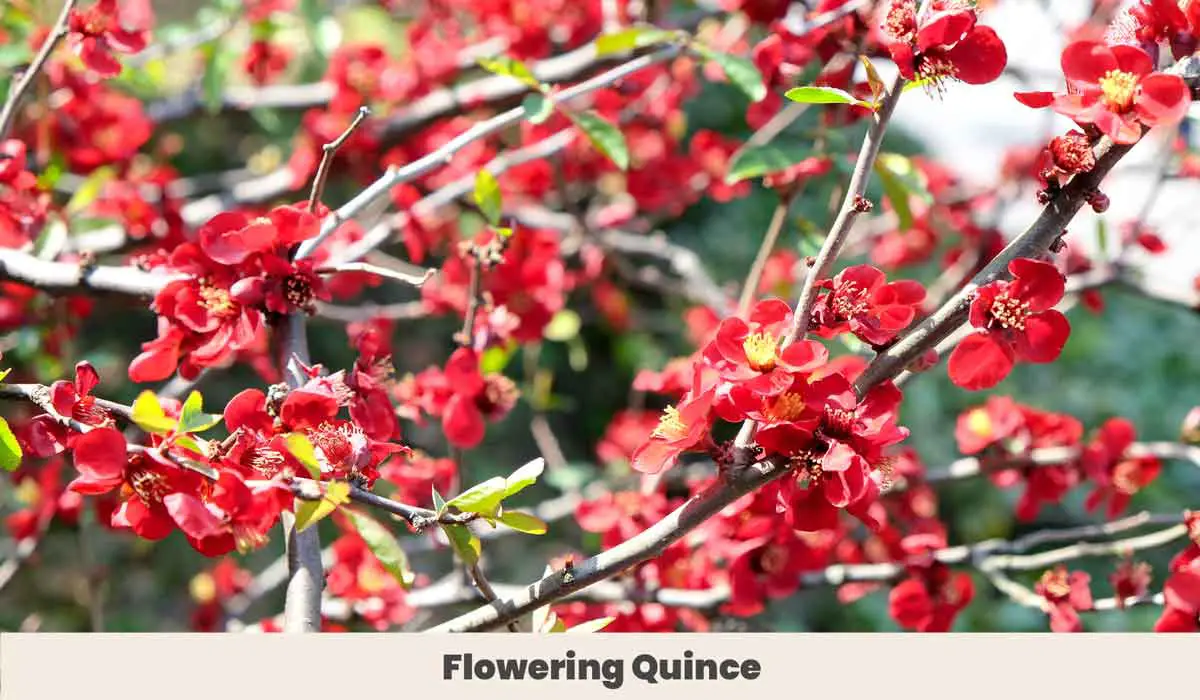
With its vibrant, orange-red blooms in early spring, the Flowering Quince is a beautiful, hardy, low-light outdoor plant. It’s drought-tolerant and low-maintenance, making it an ideal choice for novice gardeners.
Flowering quince is a hardy and relatively low-maintenance plant that can tolerate a wide range of soil conditions and prefers full sun to partial shade.
It can be propagated through cuttings or by dividing established plants and requires occasional pruning to maintain its shape and remove dead or diseased wood.
Overall, it’s a beautiful and versatile shrub that adds interest and color to any garden or landscape.
| Scientific Name: | Chaenomeles Speciosa |
| Growth Rate: | Moderate |
| Native Range: | China, Korea, Japan |
| Hardiness Range: | USDA zones 5-8 |
| Exposure: | Full sun to partial shade |
| Soil Needs: | Well-drained, fertile soil |
5. Hydrangeas (Saxifragranceae)
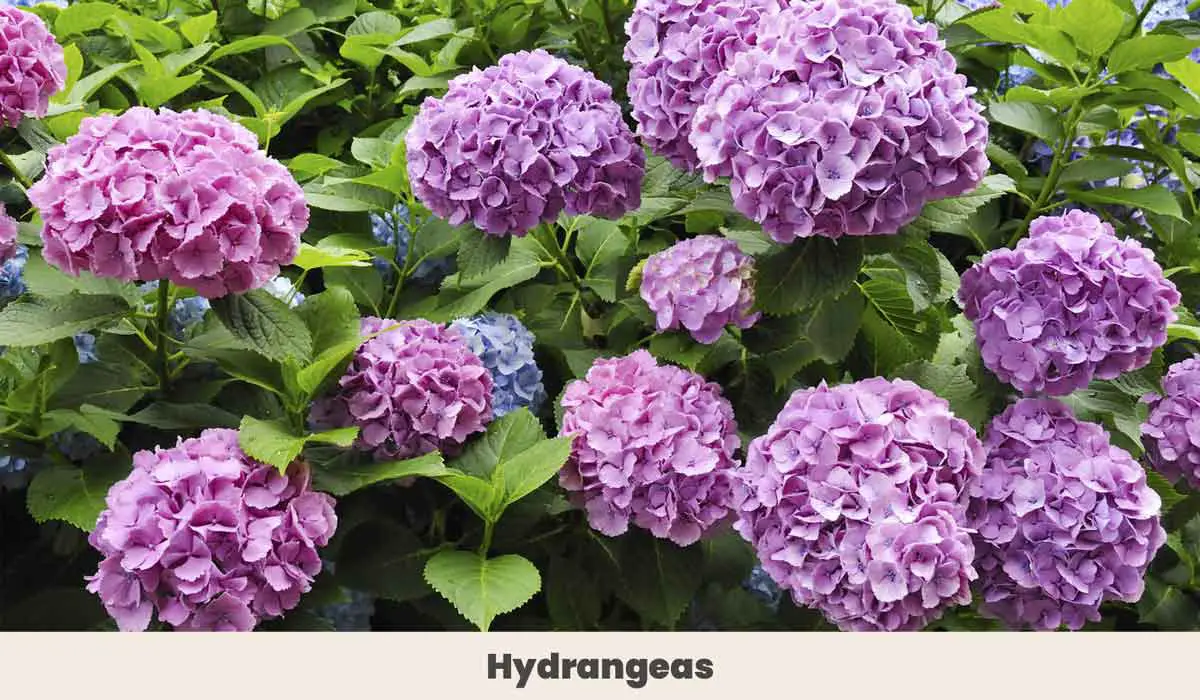
Hydrangeas are popular low-light outdoor plants that produce stunning blooms in shades of pink, blue, and white all summer long. They’re easy to care for and can thrive in various soil conditions, making them a favorite among gardeners.
what I love about Hydrangeas is the ability to change the color of their flowers through the fertilizers used in my soil. Looking for pink blooms? Keep your soil alkaline. If blue and deep purple are more your speed try lowering the Ph to something more acidic
Hydrangeas make excellent ornamental plants for gardens and landscaping. They’re often grown for their attractive foliage and large, showy flowers.
| Scientific Name: | Hydrangea spp. |
| Growth Rate: | Moderate to fast |
| Native Range: | Asia, Americas |
| Hardiness Range: | USDA zones 3-9 |
| Exposure: | Partial shade to full sun |
| Soil Needs: | Moist, well-drained soil |
6. Purple Dead Nettle (Lamium Purpureum)
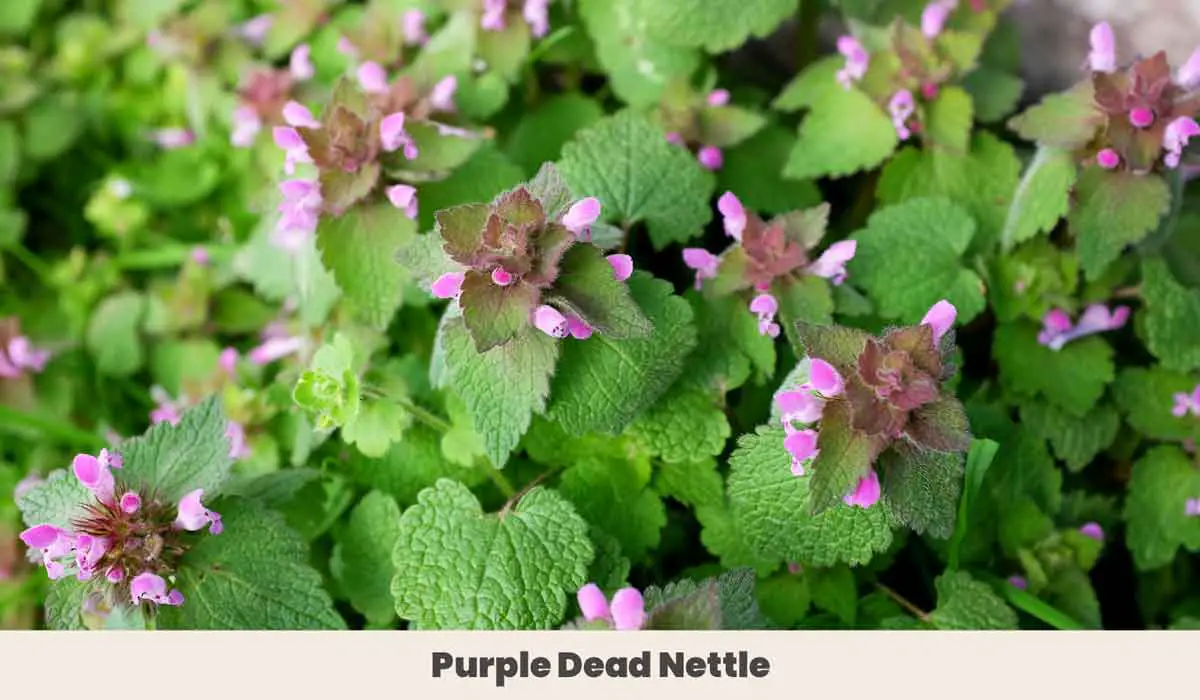
The purple dead nettle is a ground cover plant known for its attractive foliage and small flowers. It’s a hardy plant that thrives in low-light outdoor spaces and can tolerate some sun.
| Scientific Name: | Lamium Purpureum |
| Growth Rate: | Fast |
| Native Range: | Europe, western Asia, northern Africa |
| Hardiness Range: | USDA zones 3-8 |
| Exposure: | Partial shade to full sun |
| Soil Needs: | Moist, well-drained soil |
7. Foamflower (Tiarella Cordifolia)
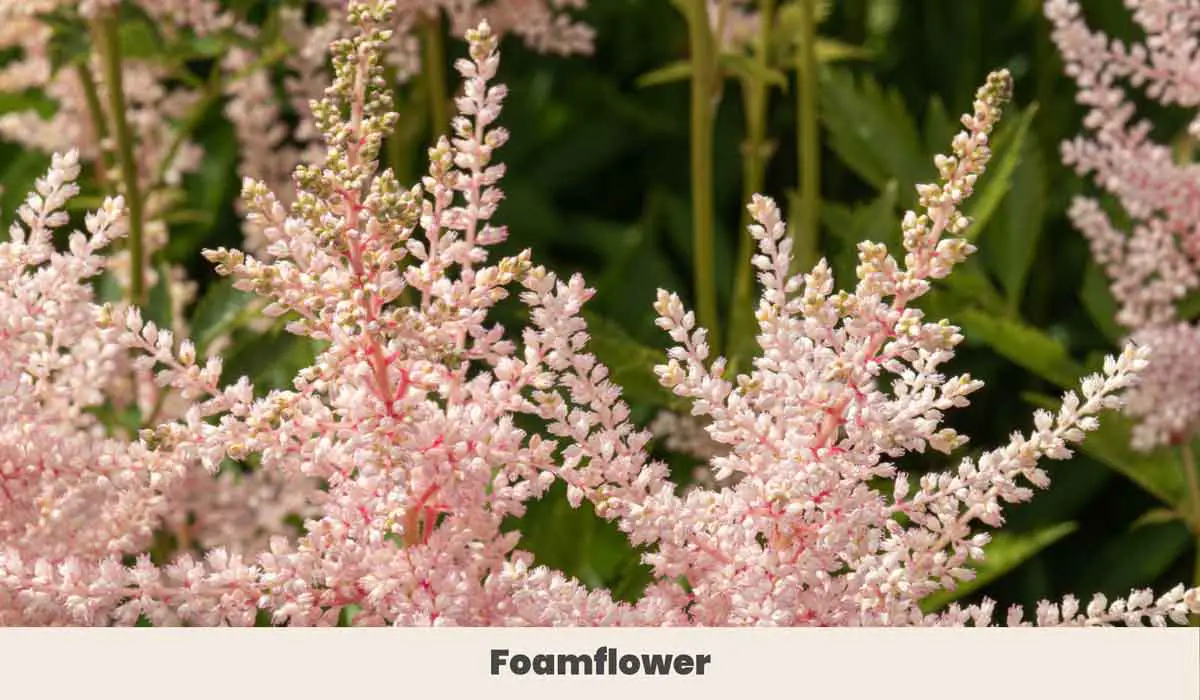
A low-growing perennial with heart-shaped leaves and delicate white or pink flowers, Foamflower is perfect for shaded outdoor areas. It’s a great ground cover plant and can add a touch of elegance to any garden.
This plant has heart-shaped and deeply lobed leaves with a dark green color that turns to shades of red, bronze, and orange in the fall. The leaves are also slightly fuzzy, giving them a soft, velvety texture.
In the spring, foamflower produce tall, slender stalks with clusters of small, white, or pink flowers. These flowers resemble foam or froth, hence the name of the plant.
| Scientific Name: | Tiarella Cordifolia |
| Growth Rate: | Moderate |
| Native Range: | North America |
| Hardiness Range: | USDA zones 4-9 |
| Exposure: | Partial to full shade |
| Soil Needs: | Moist, well-drained soil |
8. Coral Bells (Heuchera)
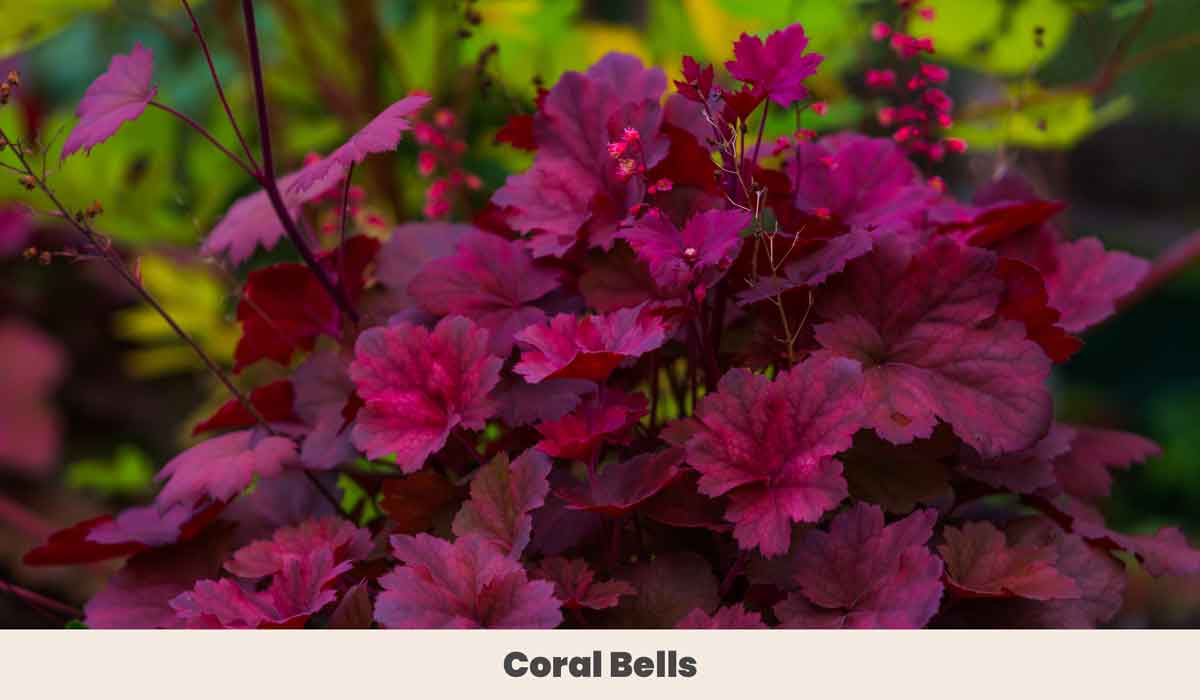
Coral Bells is a low-light plant that adds texture and color to any garden with its unique foliage in shades of purple, pink, and silver. Early in the season, you can expect shoots of tall stalks with red or purple bell-shaped flowers.
It’s a versatile plant that can be used as a ground cover. However, you can also grow it in containers. This plant needs minimal maintenance, so it’s popular among gardeners.
It can thrive in various growing conditions. It also prefers well-drained soil and moderate moisture but can tolerate some drought.
| Scientific Name: | Heuchera |
| Growth Rate: | Moderate |
| Native Range: | North America |
| Hardiness Range: | USDA zones 3-8 |
| Exposure: | Full sun to part shade |
| Soil Needs: | Well-drained, fertile soil |
9. Virginia Bluebells (Mertensia Virginica)
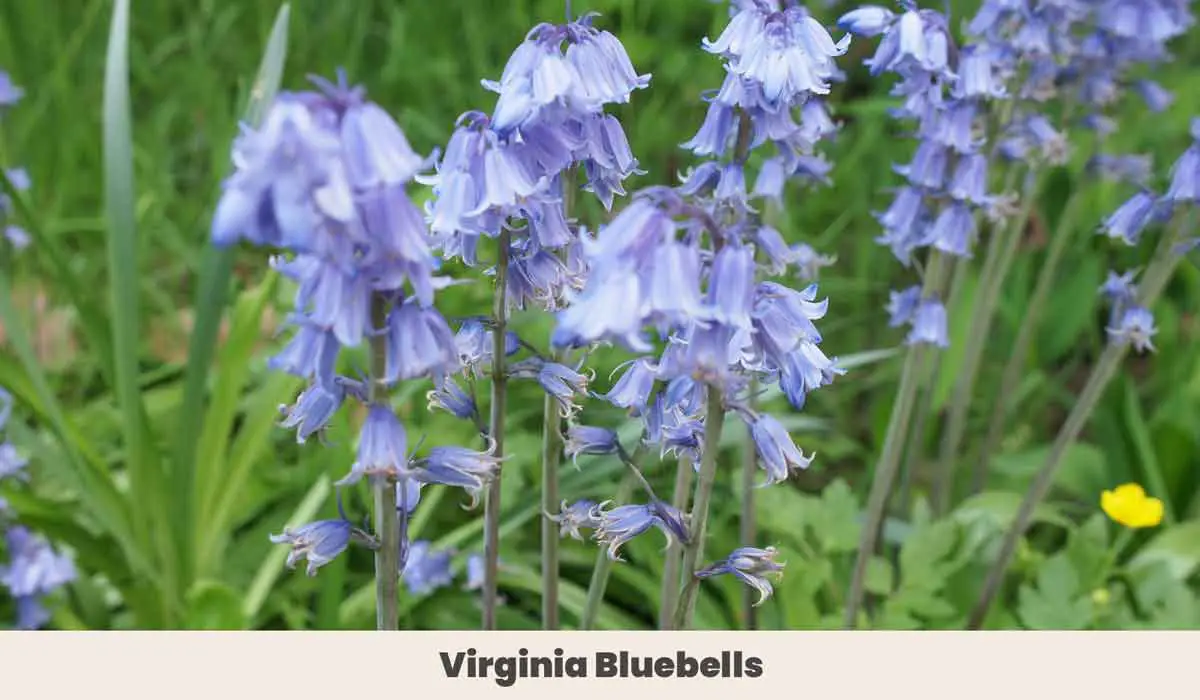
A beautiful, early-blooming plant with clusters of blue, trumpet, or bell-shaped flowers, Virginia Bluebells is an ideal choice for low-light outdoor spaces.
It’s a hardy plant that can tolerate various soil conditions, making it easy to maintain.
This plant is important for pollinators; they’re attracted to their nectar. It’s also valued as an ornamental plant in gardens and is often used in woodland or shade gardens to add a pop of color in the early spring. Virginia Bluebells can be grown from seed or transplanted from established plants.
They’re generally low maintenance but benefit from regular watering in dry periods and deadheading to promote more blooms.
| Scientific Name: | Mertensia Virginica |
| Growth Rate: | Moderate |
| Native Range: | Eastern North America |
| Hardiness Range: | USDA zones 3-8 |
| Exposure: | Full sun to part shade |
| Soil Needs: | Moist, well-drained soil |
10. Lady Fern (Athyrium Filix-Femina)
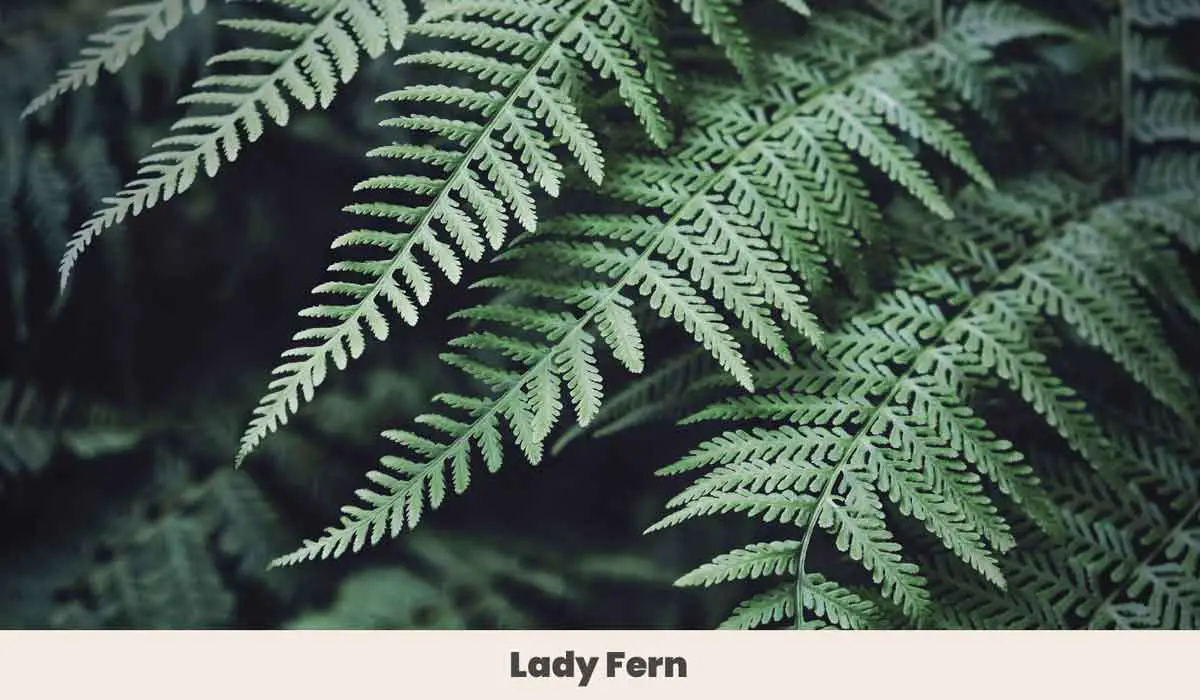
Lady Fern is a favorite among gardeners, a low-light outdoor plant with delicate fronds and a soft, feathery texture.
It’s a hardy plant that can tolerate some sun, making it a versatile choice for any garden.
Lady Fern is a deciduous fern native to temperate regions of Europe, Asia, and North America. It can tolerate low light and moist soil. It’s also deer-resistant and can be used in naturalized woodland gardens, shady borders, or as a ground cover.
| Scientific Name: | Athyrium Filix-Femina |
| Growth Rate: | Moderate |
| Native Range: | Europe, Asia, and North America |
| Hardiness Range: | USDA zones 3-8 |
| Exposure: | Shade to part shade |
| Soil Needs: | Moist, rich soil |
11. Flowering Dogwood (Cornusflorida)
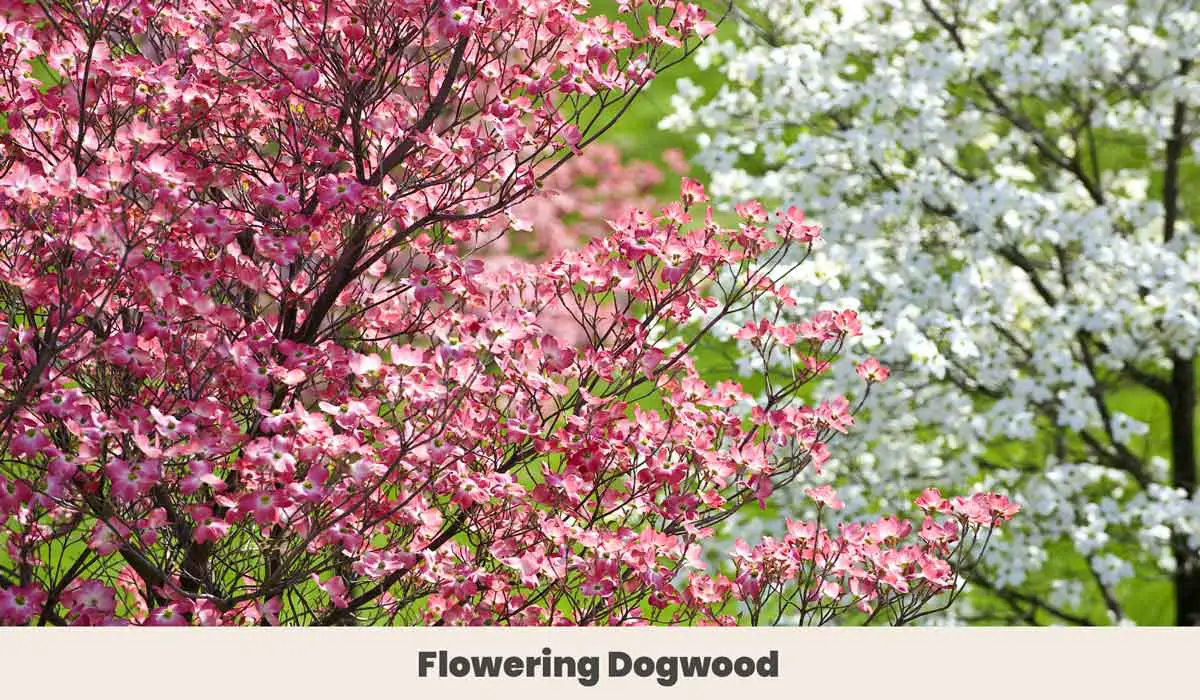
A beautiful, low-light outdoor tree with showy pink flowers, the Flowering Dogwood is a staple in many gardens. It’s a hardy tree that can thrive in various soil conditions and is a great addition to any landscape.
The showy flowers of the flowering dogwood appear in early spring. The flowering dogwood prefers well-drained soil and partial shade but can tolerate full sun with adequate moisture.
It’s great for small landscapes, woodland gardens, and naturalized areas.
| Scientific Name: | Cornus Florida |
| Growth Rate: | Slow |
| Native Range: | Eastern North America |
| Hardiness Range: | USDA zones 5-9 |
| Exposure: | Full sun to part shade |
| Soil Needs: | Moist, well-drained soil |
12. Japanese Plum Yew (Cephalotaxus Harringtonia)
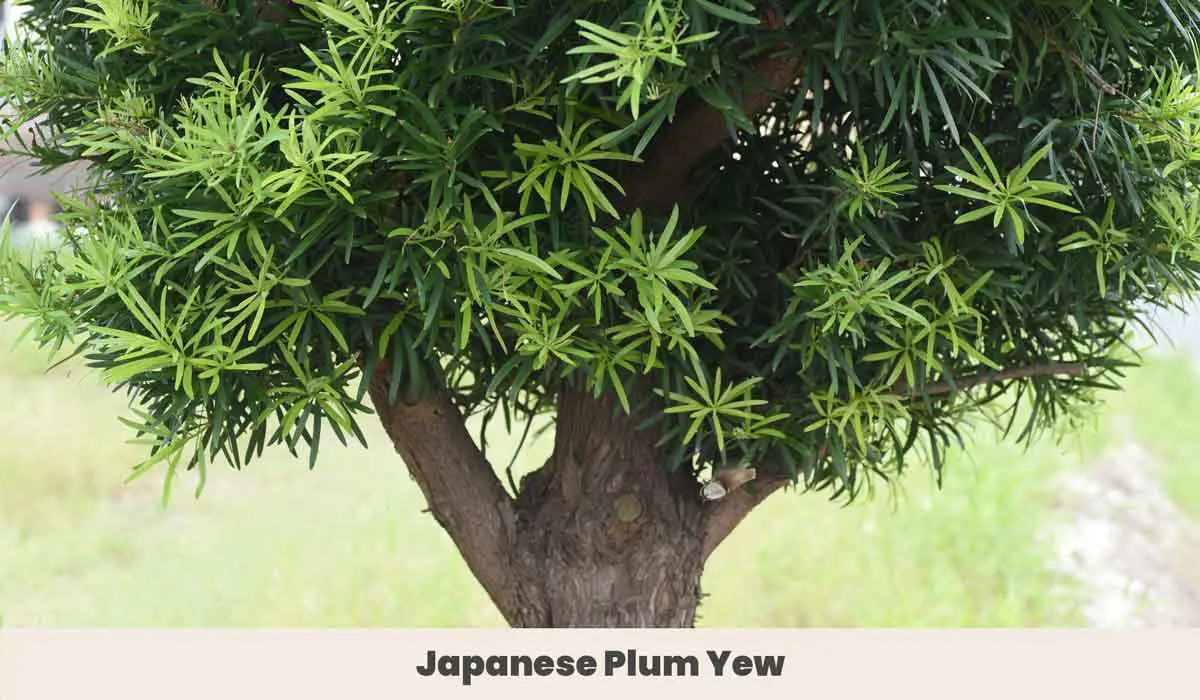
The Japanese Plum Yew is a beautiful, unique plant, a low-light evergreen with soft, needle-like foliage. It’s a slow-growing tree that can tolerate various soil conditions and is a great choice for shaded outdoor areas.
The plant has separate male and female plants. The male plants produce small, yellow flowers in the spring, while the females produce small, round, blue-black fruit in the fall.
Japanese plum yew is a popular landscaping plant because it can tolerate a variety of soil conditions. It’s also resistant to deer and other pests. This plant is often used in hedges, as a ground cover, or in woodland gardens.
| Scientific Name: | Cephalotaxus Harringtonia |
| Growth Rate: | Slow to moderate |
| Native Range: | Japan, China, Korea |
| Hardiness Range: | USDA zones 6-9 |
| Exposure: | Full sun to part shade |
| Soil Needs: | Well-drained, slightly acidic soil |
Final Thoughts
Low-light plants can be great if you have a shady yard or want to add interest to a dark corner of your outdoor space.
From the delicate blooms of Bleeding Heart to the vibrant foliage of Coral Bells, you can plant a wide range of low-light outdoor plants.
By selecting plants that are well-suited to your conditions and providing proper care, you can create a lush and inviting garden that thrives even in low-light conditions.
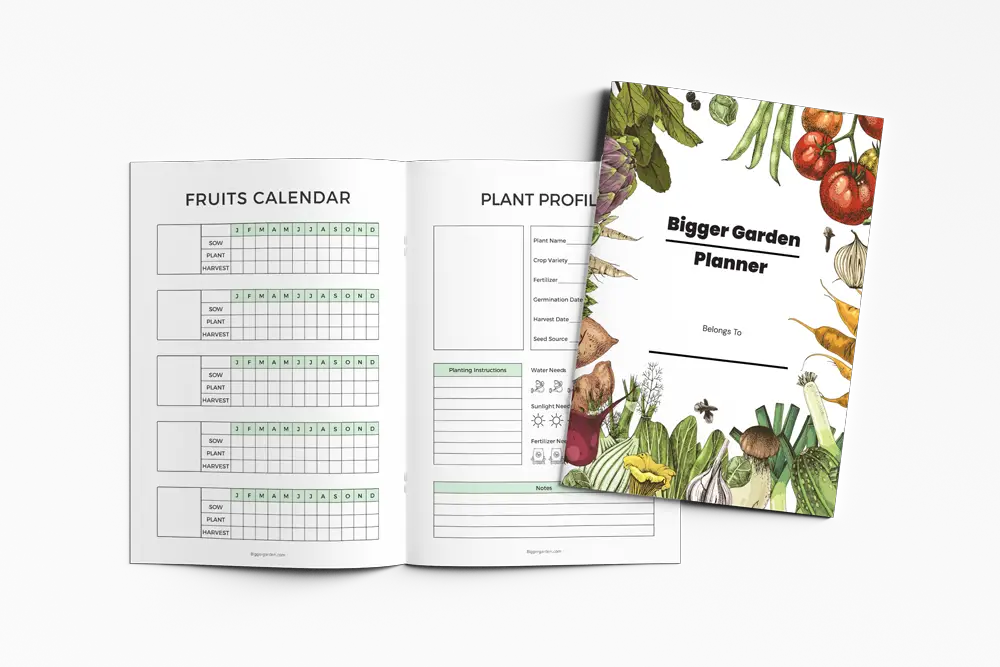
Before you go!
12 Fast Growing Indoor Plants
11 plants with Purple Leaf + Their Mood Boosting Benefits
11 Trees with Heart Shaped Leaves
Uncover the Best Plastic Greenhouses